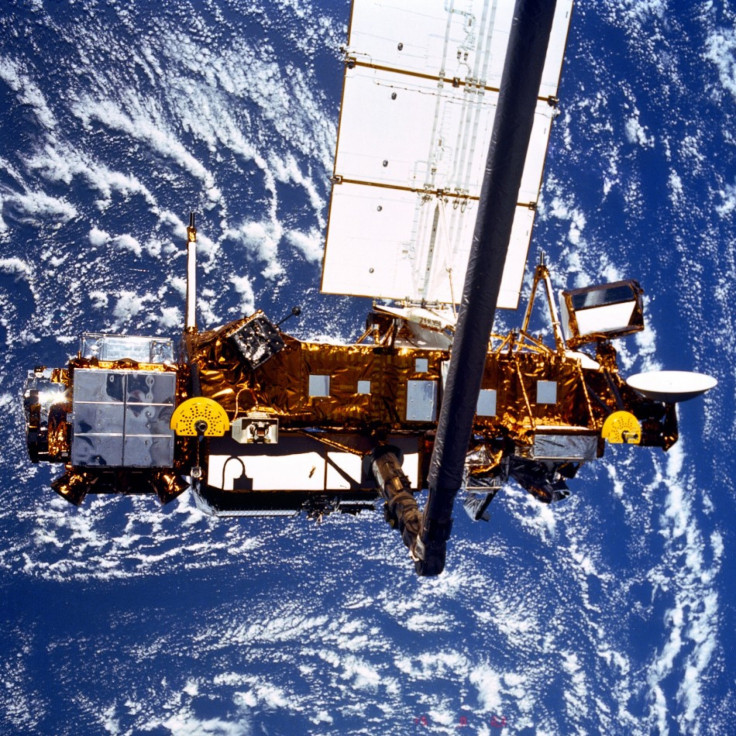NASA Satellite Falling: Will It Hit You?

A NASA satellite is expected to make a crash landing on Earth in late September or early October. No one knows where it will land, not even NASA. It could even land on you -- but luckily, you have a better chance of winning the lottery than of having a piece of the satellite fall on your head.
According to Nicholas Johnson, NASA's chief scientist for orbital debris (yes, there is such a job), the odds of any specific person getting hit are about 1 in 21 trillion, MSNBC reported. That's a chance of about 0.0000000001 percent. For perspective, the odds of any given person winning the lottery are 1 in hundreds of billions, depending on the lottery design -- but nowhere near the trillions.
There is a much greater, but still minimal, chance that a piece of the satellite will hit someone on Earth: 1 in 3,200, or about 0.03 percent.
Once the satellite re-enters the Earth's atmosphere, NASA will be able to project with more accuracy the general area within which it will land, but it will be a wide area, not specific, and even those projections could be wrong. One of the problems with predicting the landing spot is that the satellite will break up once it re-enters the atmosphere. Pieces of various sizes -- the largest probably 300 pounds, or the weight of a refrigerator -- could land across an area of 500 miles.
We're never really confident, Johnson told MSNBC. Even at ... T-minus-2 hours, there will be a lot of uncertainty. And when I say a lot of uncertainty, we're probably talking plus or minus 10,000 kilometers. We just will not know precisely where it's going to come down until it comes down.
Ten thousand kilometers is more than 6,000 miles, or more than twice the distance from New York City to San Francisco.
But the Space Age has been going on for 54 years, and nobody has ever been hit by falling space debris. The vast majority of the Earth's surface is water, desert, tundra and mountains, so odds are the satellite will fall into an ocean or an unpopulated area of land. But that doesn't mean we're not concerned, Gene Stansbery, another NASA orbital debris expert, told ABC News.
The Upper Atmospheric Research Satellite, known as UARS, has been in space since 1991. Since then, it has tracked the rise and fall of solar activity through the sun's full 11-year cycle and ... nailed down the cause and effect involving chlorofluorocarbon use and the extent of Earth's ozone hole, MSNBC reported.
Unfortunately, NASA didn't plan quite as well as it could have for UARS's eventual fall, and the satellite's fuel supply -- which would have allowed it to fall harmlessly into the Pacific Ocean - ran out six years ago, according to ABC News.
© Copyright IBTimes 2024. All rights reserved.





















